B+K precision Saf-e-fire Blue Flame User manual












Table of contents
Popular Heater manuals by other brands

Schou
Schou DAY USEFUL EVERYDAY 69650 instruction manual
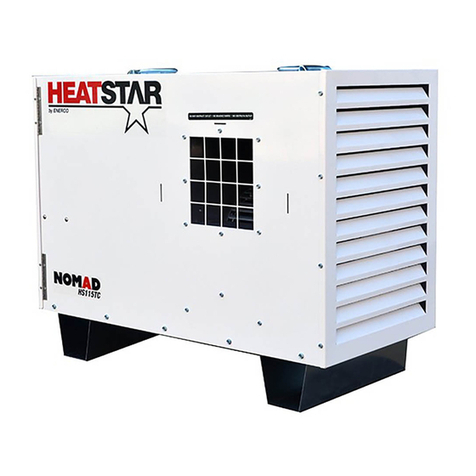
HeatStar
HeatStar HS115SF Operating instructions and owner's manual
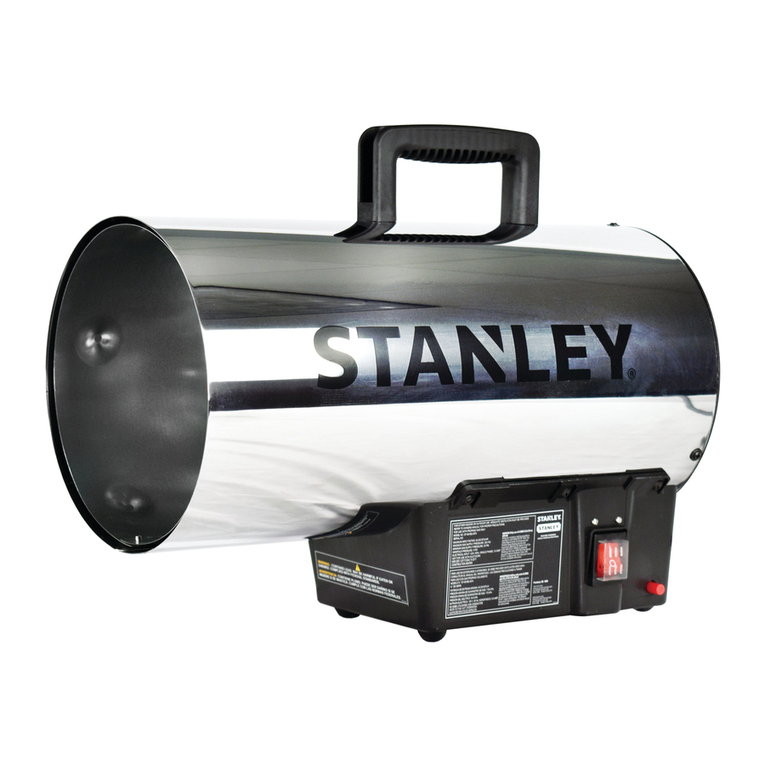
Stanley
Stanley ST-60HB2-GFA User's manual & operating instructions

Kogan
Kogan SMARTERHOME KASGSHT24BA user guide

Rinnai
Rinnai rhfe-431ft instruction manual
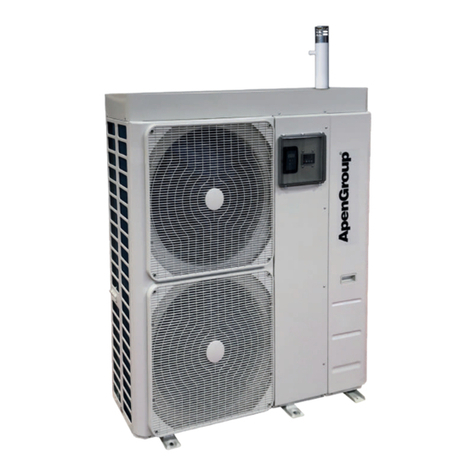
ApenGroup
ApenGroup AQUAPUMP HYBRID HYN432 Use, Installation and Maintenance Manual
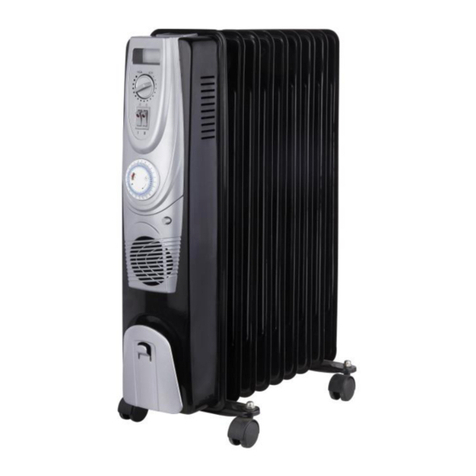
Zephir
Zephir ZRA1523F instruction manual
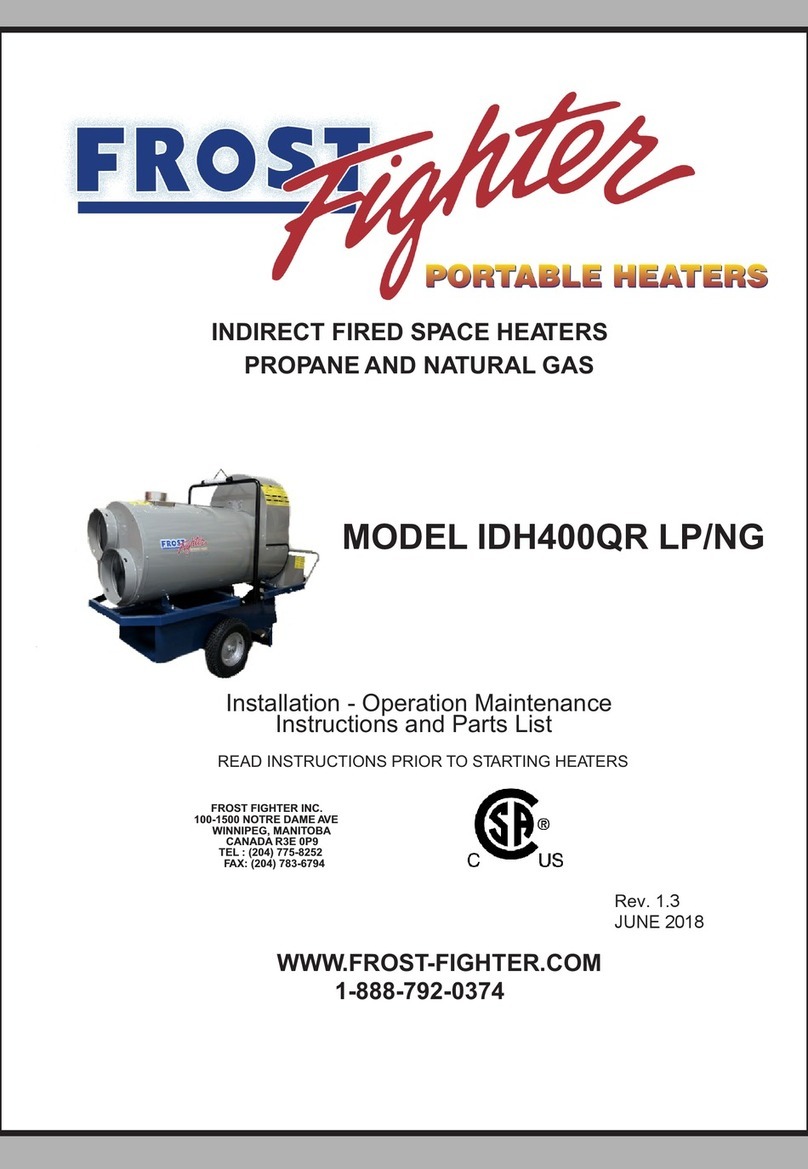
Frost Fighter
Frost Fighter IDH400QR LP/NG Installation - Operation/Maintenance Instructions and Parts List

DeLonghi
DeLonghi Radia R 030715 instructions
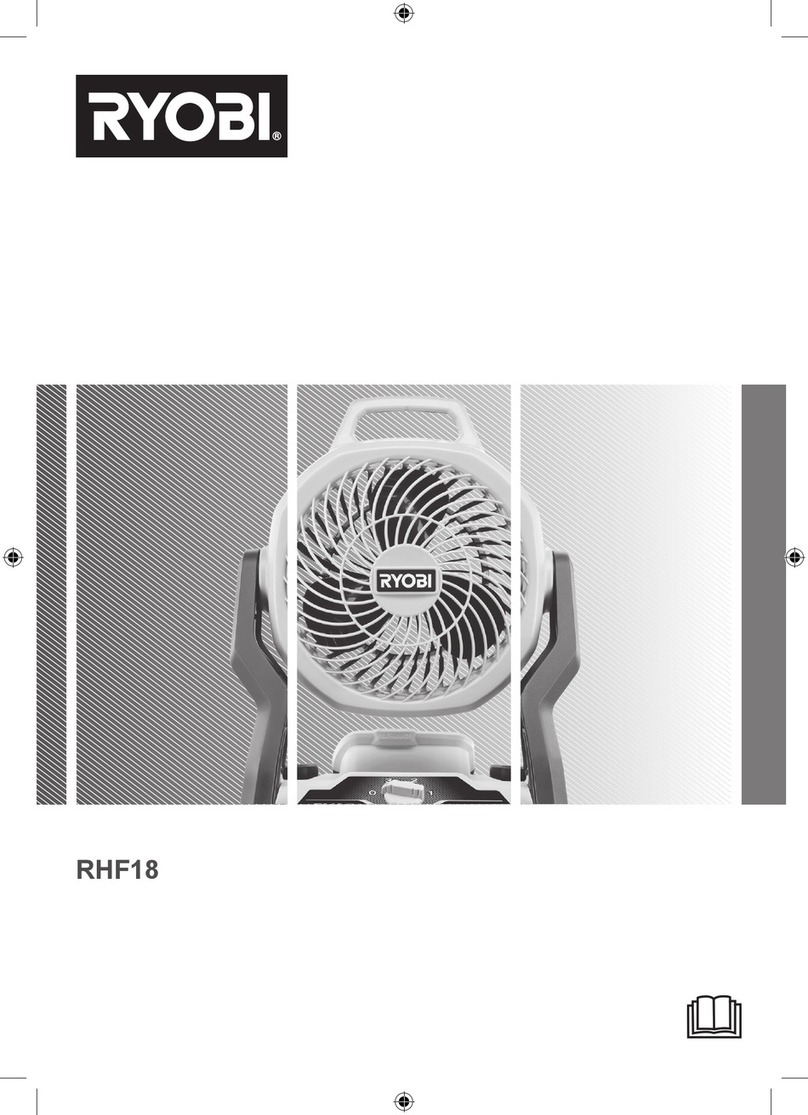
Ryobi
Ryobi RHF18 manual

DeLonghi
DeLonghi HS instructions
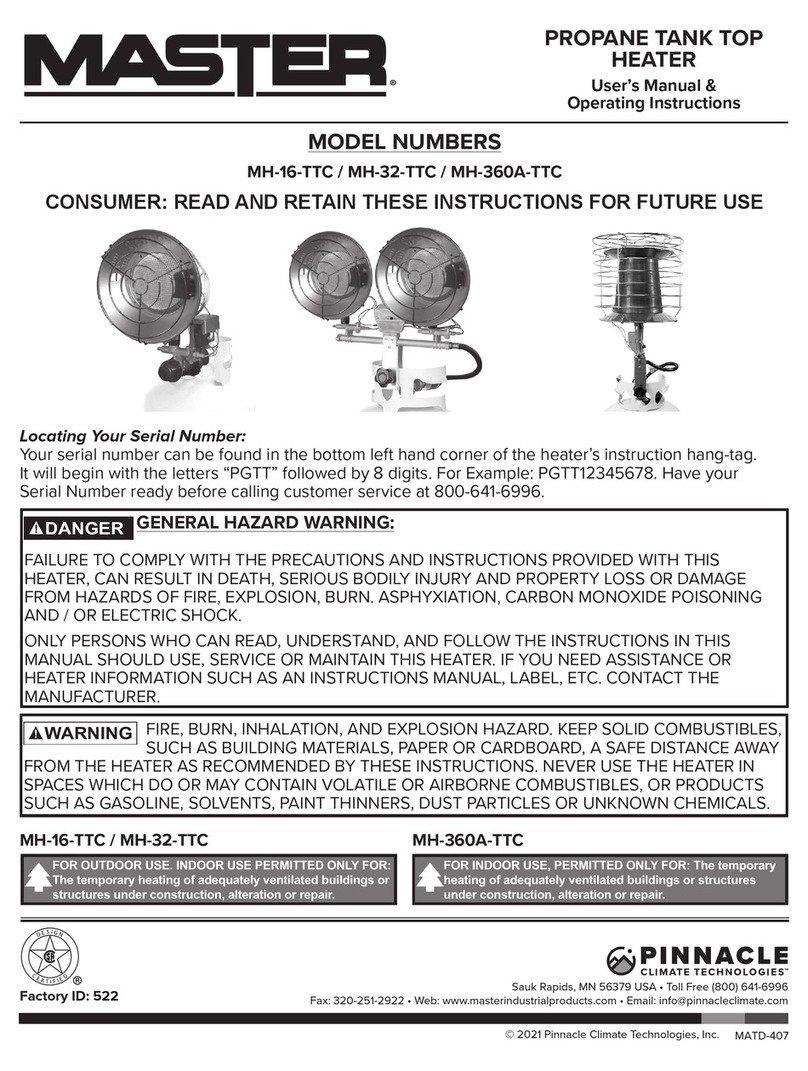
Pinnacle
Pinnacle MASTER MH-360A-TTC User's manual & operating instructions

Scarlett
Scarlett SC-054 instruction manual

Stelpro
Stelpro SCR series user guide

Twin-Star International
Twin-Star International duraflame 9HM8000 instruction manual

Ecostrad
Ecostrad THERMAGLO instruction manual

HEATSTRIP
HEATSTRIP Elegance THE1800EU Operation, installation, and maintenance manual
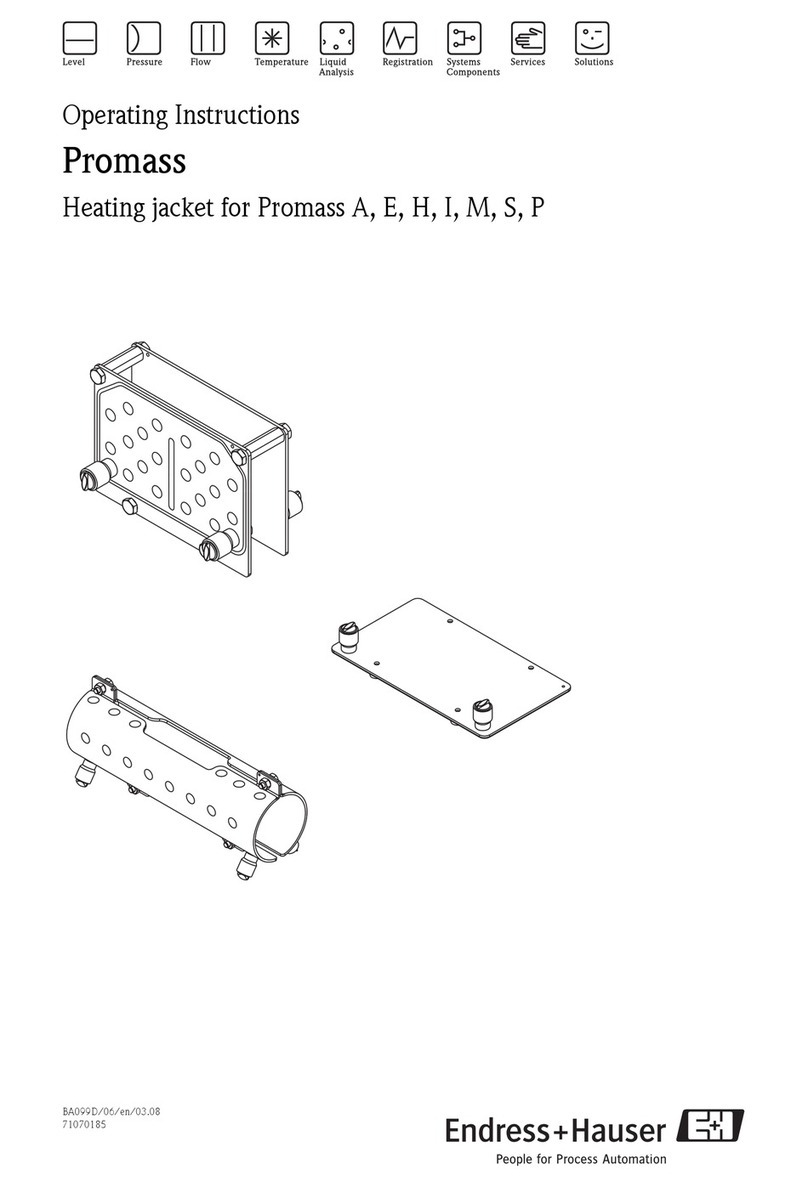
Endress+Hauser
Endress+Hauser Promass operating instructions